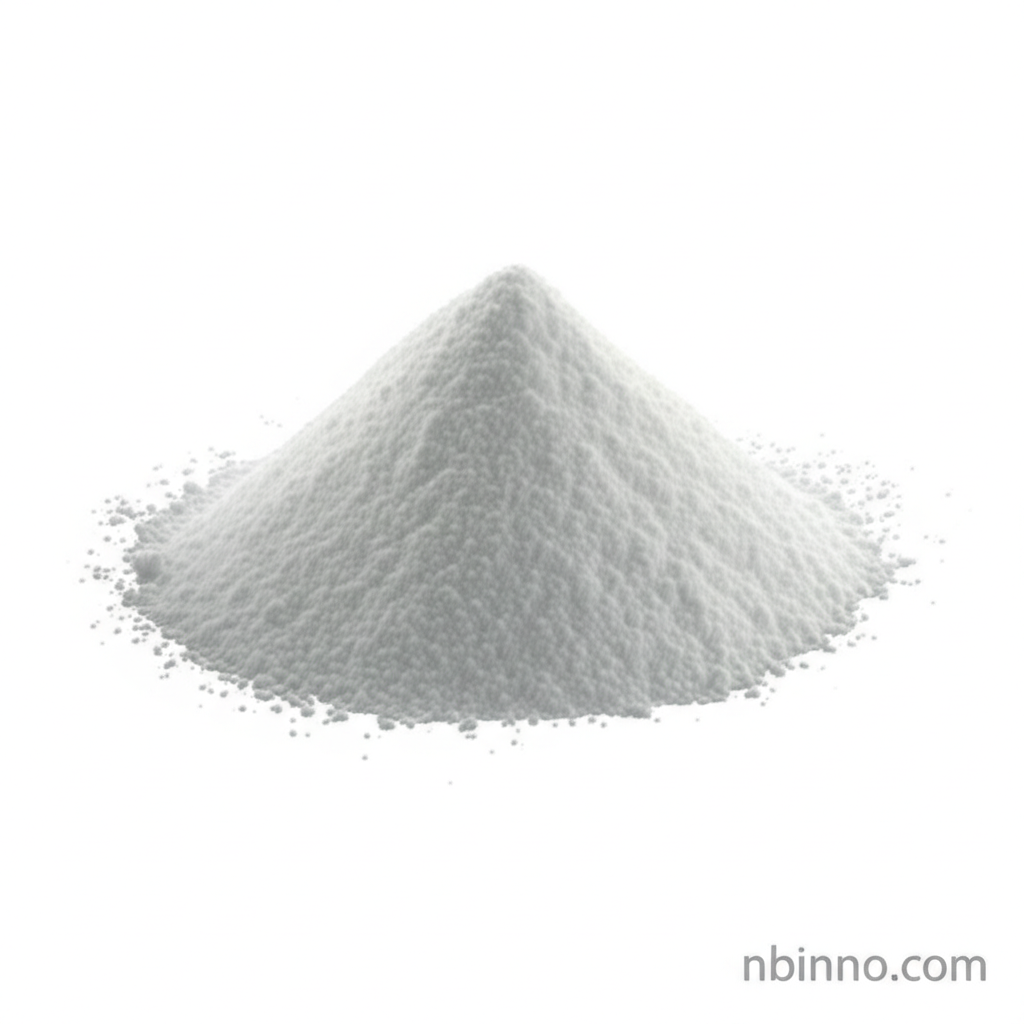N-tert-Butylacrylamide (CAS 107-58-4): Properties, Applications, and Industrial Significance
Exploring the versatile chemistry and industrial impact of this key fine chemical.
Get a Quote & SampleProduct Core Value

N-tert-Butylacrylamide
N-tert-Butylacrylamide, identified by CAS number 107-58-4, is a significant fine chemical utilized across various industries. Its primary value lies in its unique monomeric structure, enabling its use as a crucial intermediate in complex organic chemical syntheses and in the development of specialized polymers.
- Understanding the synthesis of N-tert-Butylacrylamide can involve the Ritter reaction of isobutylene, sulfuric acid, and acrylonitrile, providing a pathway to this valuable hydrophobic acrylamide.
- The properties of tert-butyl acrylamide, including its high purity and solid, white crystalline form, make it suitable for demanding applications.
- Exploring the applications of CAS 107-58-4 reveals its role in improving the flocculating tendency of pulp fibers when used as a retention aid in the paper industry.
- The temperature sensitivity of this monomer is a key feature for its use in advanced drug delivery systems and processes like protein dewatering.
Key Advantages
Versatile Chemical Intermediate
As a versatile intermediate in various organic chemical syntheses, N-tert-Butylacrylamide facilitates the creation of complex molecules, contributing to advancements in chemical manufacturing and product development.
Enhanced Polymer Performance
The use of N-tert-Butylacrylamide in polymers, particularly copolymers with acrylic acid, allows for high performance in aqueous solutions, especially under extreme pH conditions, making them valuable in industrial formulations.
Specialized Industrial Applications
From improving retention in the paper industry to enabling precise cell immobilization techniques, this monomer offers unique functionalities crucial for specialized industrial processes.
Key Applications
Plastic and Polymer Industries
N-tert-Butylacrylamide is essential in the plastic and polymer industries, serving as a building block for creating materials with specific properties, including those used in advanced manufacturing.
Paper Manufacturing
Functioning as a retention aid, it significantly improves the flocculating tendency of pulp fibers, enhancing the efficiency and quality of paper production processes.
Drug Delivery Systems
The monomer's dominant temperature sensitivity makes it a candidate for sophisticated drug delivery systems, allowing for controlled release mechanisms.
Cell Immobilization
It plays a role in cell immobilization, a process vital for localizing intact cells onto devices or materials without compromising their biological function, impacting biotechnology and research.
Related Technical Articles & Resources
Why Choose Us?
Leverage our expertise and state-of-the-art infrastructure to accelerate your journey from discovery to commercial success.
Global Experience
With 20 years of R&D, manufacturing, and sales experience, we proudly serve clients across 60 countries and regions worldwide.
Advanced Facilities
Our in-house R&D laboratory, pilot platform, and large-scale production workshop are equipped to meet the audit requirements of global customers.
Seamless Scalability
We facilitate a perfect transition from small-scale lab requirements (grams) to full commercialization (hundreds of tons).
